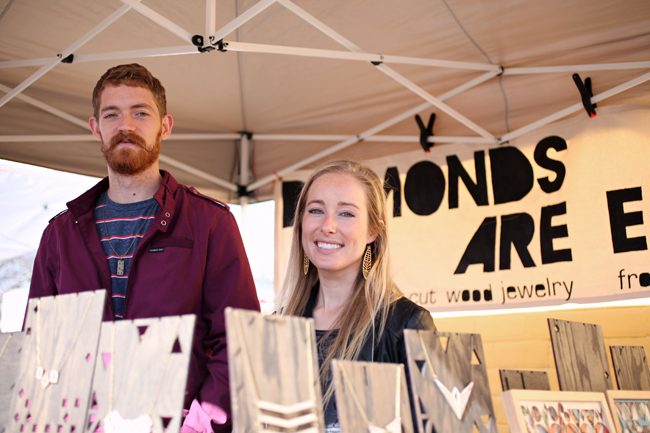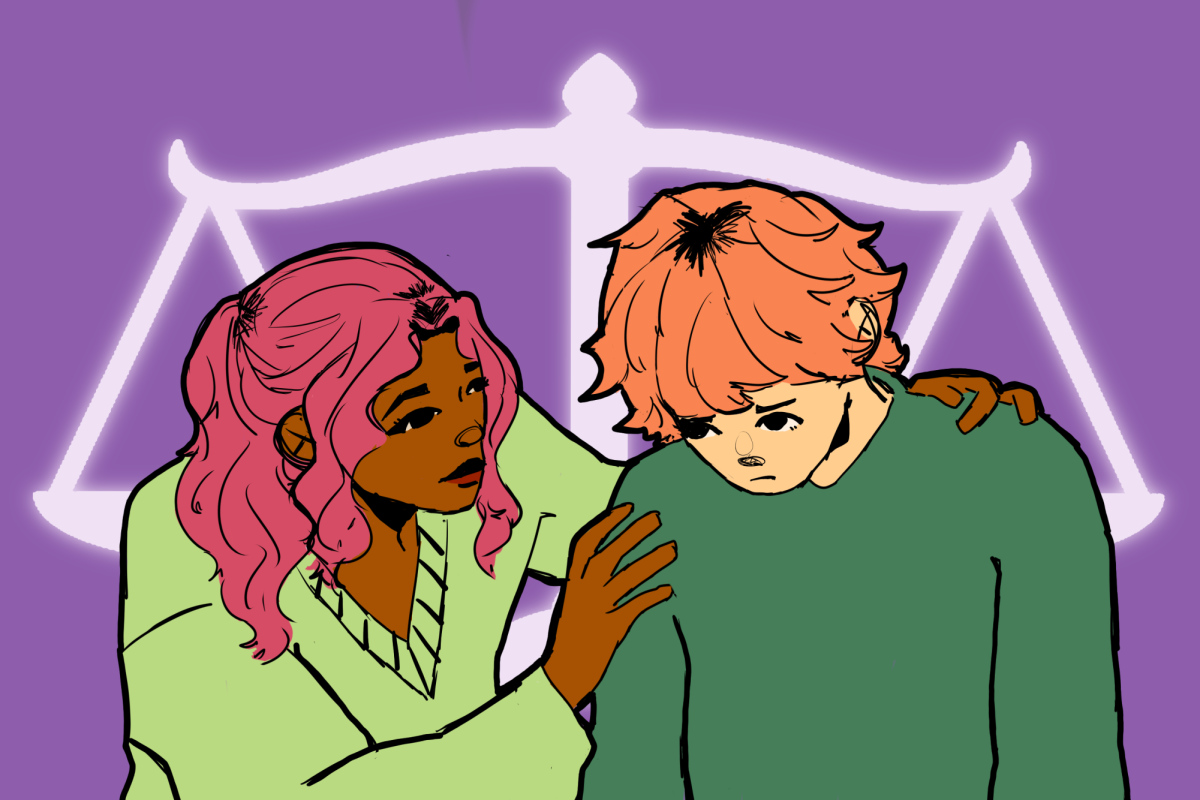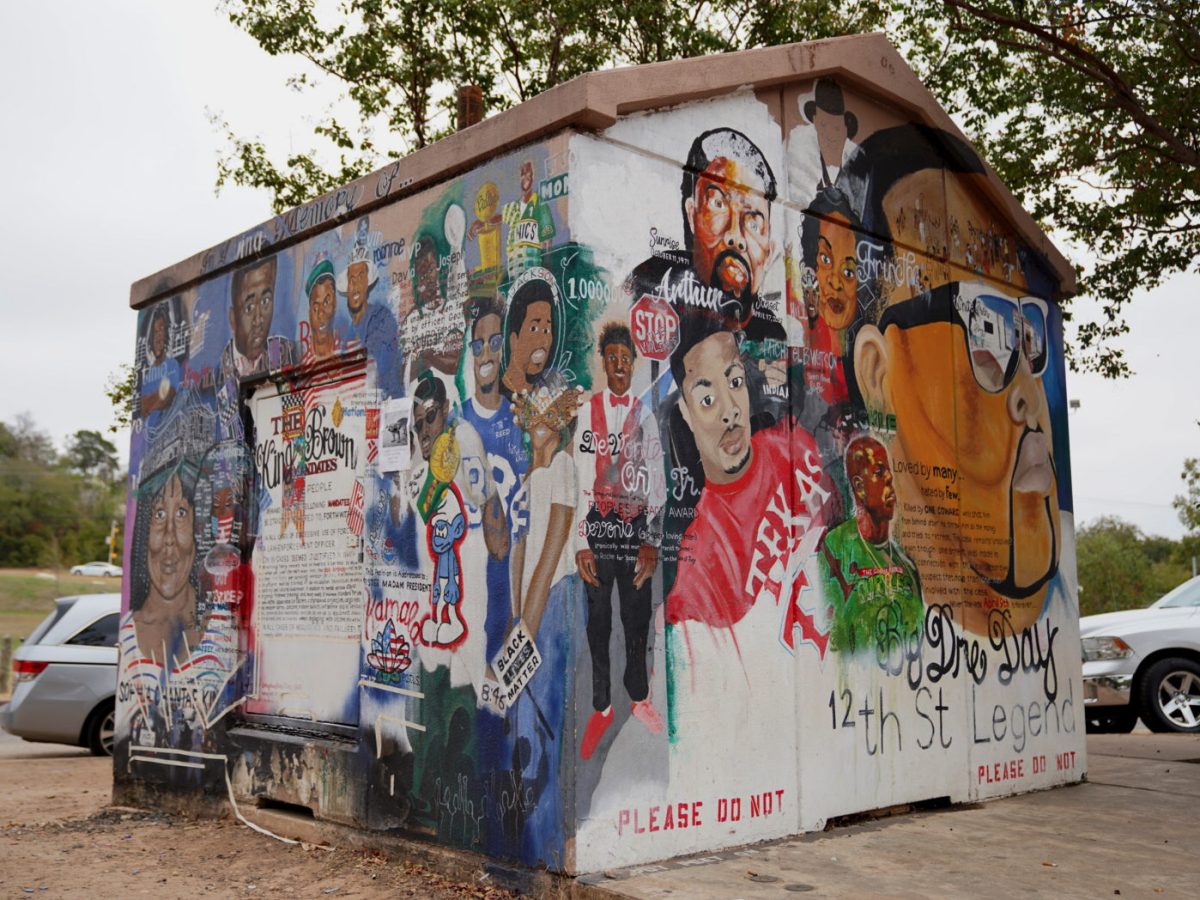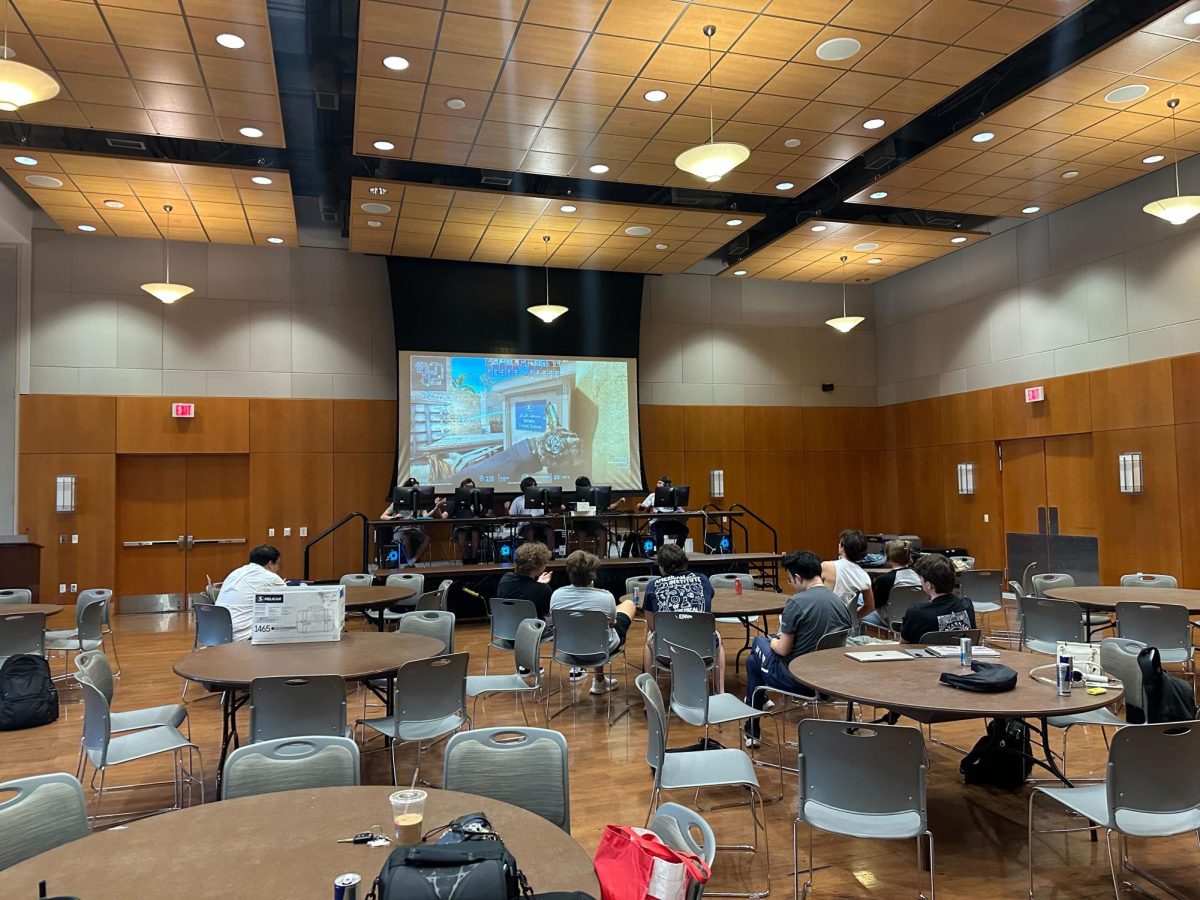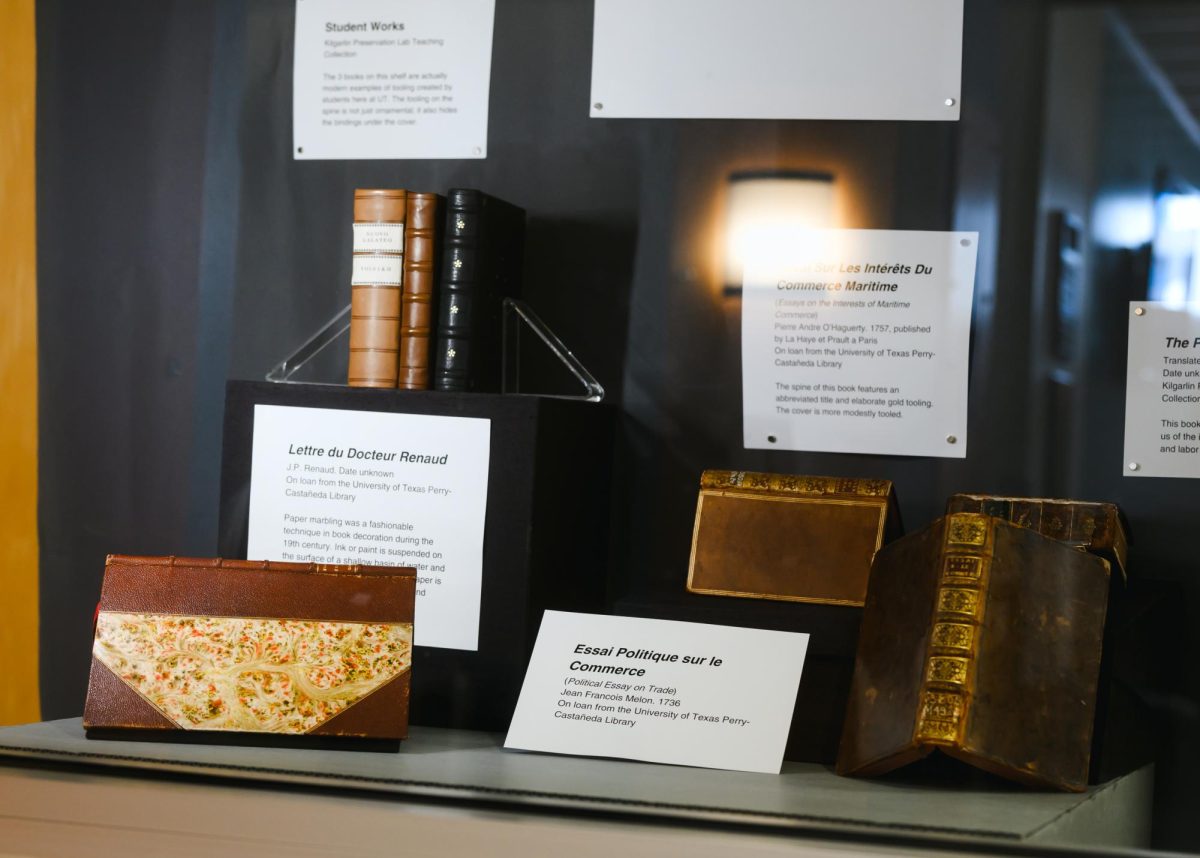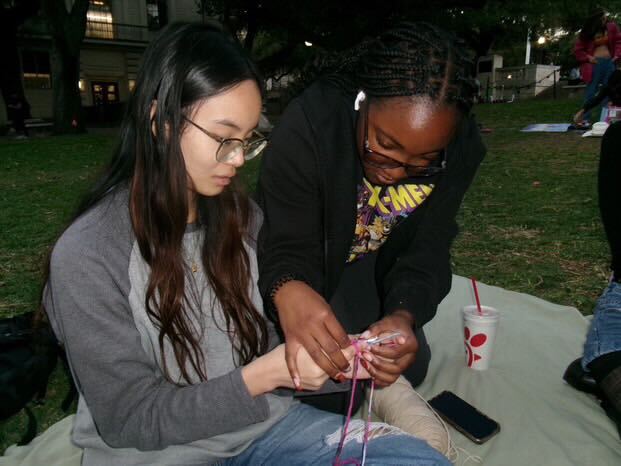Two years ago, Texas A&M students Michael Murphy and Meredith Butler decided to start using scraps of wood from leftover architecture projects to make intricately designed pieces of jewelry. The couple vowed against the culture created by the diamond market, which shaped the idea of Diamonds Are Evil.
Since Diamonds Are Evil’s founding, Murphy and Butler have relocated the business from a wood shop in College Station to their spare room in Austin, where they design, cut and assemble each piece of jewelry by hand. The jewelry pieces are made from multiple layers of birch plywood. The layers are laser-cut with their original designs, laminated together and then attached to necklace chains or other metal findings made of antiqued brass-finished steel.
In their booth on South Congress Avenue on a Saturday afternoon, they sell their jewelry next to dozens of other vendors.
“Who would have thought to use plywood to make jewelry,” said Marvin Henderson, a Diamonds Are Evil customer. “That’s just really interesting. It’s beautiful. I don’t know; it’s just different. I always look for jewelry for my mom, and she just likes things that are really different.”
Murphy and Butler pride themselves on making original products. Over time, diamonds have become the standard jewel of engagement rings, wedding rings and luxury jewelry. The rock gives Americans three ways to measure commitment: carat, cut and clarity. According to the World Diamond Council, the United States’ diamond market makes up 50 percent of the world’s total diamond consumption and is an approximately $36-billion industry.
“We chose Diamonds Are Evil because diamonds are pretty repetitive,” Murphy said. “It’s just a ‘blingy’ rock, and a lot of people think it’s pretty and that it’s cool, but I don’t think there’s a lot to the design of it, whereas you can do the opposite of that and take a sustainable resource and turn it into art work and make it affordable for people to enjoy.”
Besides the qualm they have against the mainstream popularity of diamonds, Murphy and Butler also are concerned with the existence of blood diamonds — diamonds that are mined in a war zone in order to fund warlords. This type of mining occurs most commonly in Africa, where about 65 percent of the diamonds sold globally are mined, according to the World Diamond Council.
“There’s no guarantee that you’re not buying a blood diamond whenever you buy a diamond from a store,” Butler said. “They can say that it’s not a blood diamond, but, once it comes through the processing centers in the states, they all get mixed up and there are blood diamonds and non-blood diamonds, and you never know which is which.”
While Diamonds Are Evil has grown by 600 percent as a business in the past year, it is not the couple’s main source of income. Butler works full time as an intern architect, and comes home after work to make jewelry and complete online orders, in addition to selling at their booth on weekends.
“It can be really stressful if I forget that it’s just a side thing,” Butler said. “It’s busy for sure balancing both and also hard because I know I want to do this full time eventually, so I want to put everything into it, but I know I need to put everything into my real job, and what’s left over goes to this at the end of the day.”
Despite the busy schedules and stress of running a small business, they both claim the experience has not worn down their relationship, but strengthened it.
“We do balance each other out pretty well,” Murphy said. “We’re both creative. She’s more organized, but I usually have more common sense.”
Diamonds Are Evil pieces are sold at the couple’s booth every Saturday and can also be purchased from their online store Diamondsareevil.com. Fifteen percent of their profits go to Aid for Africa, where Murphy and Butler hope the money will help those negatively affected by diamond trade.

